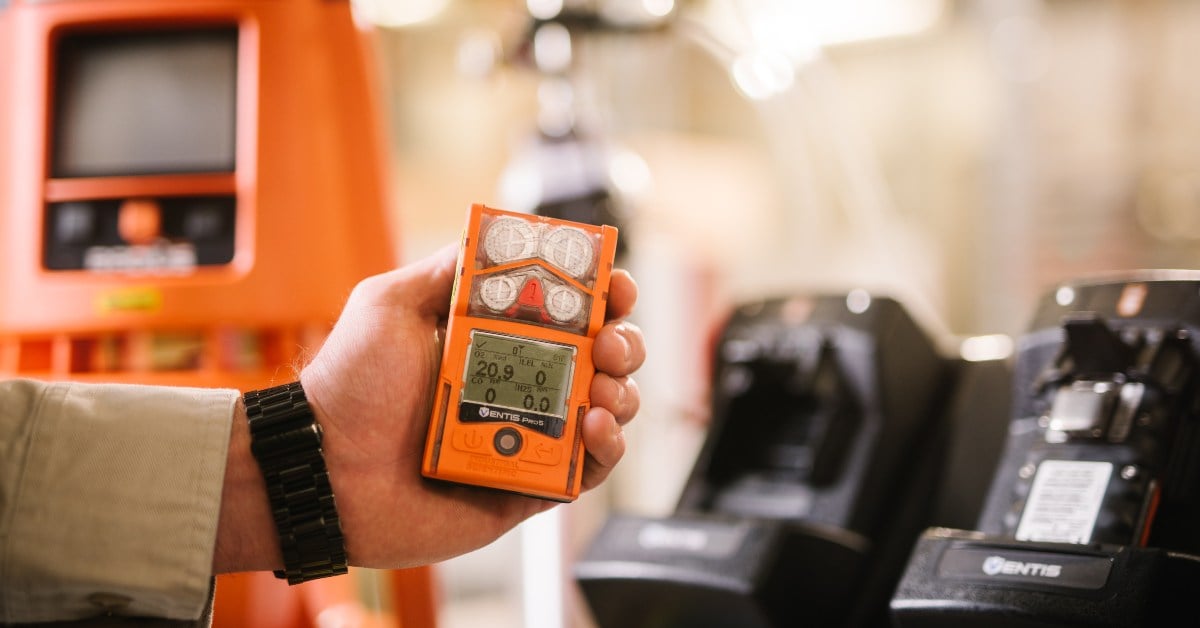Gas detectors are an essential tool for ensuring the safety of individuals working in environments where the presence of harmful gases is a concern. These devices are designed to detect the presence of various gases in the air and alert users when levels pose a potential threat to health or safety.
Gas detectors are commonly used in industrial settings such as manufacturing plants, refineries, and chemical processing facilities, as well as in confined spaces like sewers, tunnels, and storage tanks. By providing early warning of dangerous gas levels, these devices help prevent accidents and minimize the risk of exposure to hazardous substances.

Importance of Continuous Monitoring
Gas detectors play a crucial role in ensuring the safety of workers in hazardous environments by providing real-time monitoring of gas levels. Continuous monitoring allows for timely detection of any spikes or fluctuations in gas concentrations, enabling immediate action to be taken to prevent any potential risks. By utilizing a voc monitor, companies can ensure that their workers are protected at all times, even in areas where volatile organic compounds may be present.
In addition, gas detectors also help in compliance with safety regulations and standards set by relevant authorities. Regular monitoring and calibration of these devices ensure their accuracy and reliability, providing peace of mind to both employers and employees. With advances in technology, gas detectors are becoming more portable, user-friendly, and cost-effective, making them an essential tool for ensuring the well-being of workers in hazardous environments. Overall, gas detectors are a critical component of any safety program, helping to prevent accidents and protect individuals from the harmful effects of exposure to dangerous gases.



